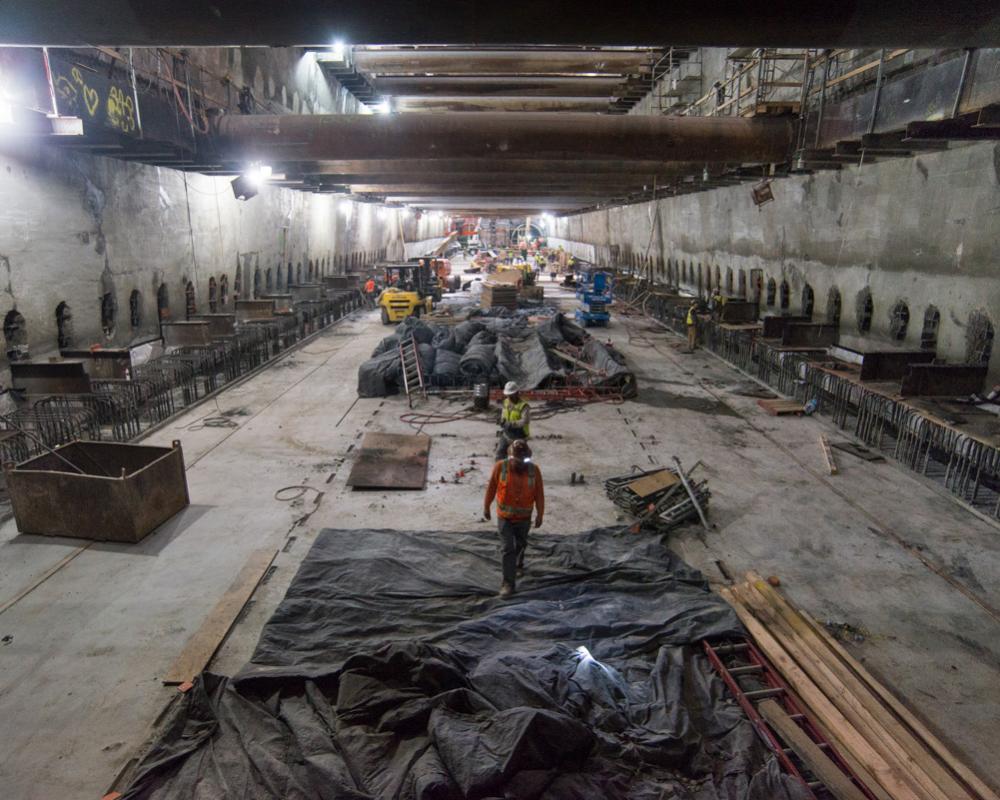It wasn't de-industrialization that bankrupted Detroit, wrote Paul Krugman in a New York Times column yesterday. If that was all there is to it, then how do you explain the fact that Pittsburgh, once so dependent on the steel industry, is now recovering? No, what brought Detroit to this low point, more than the loss of factory jobs, was decades of unsustainable development patterns.

A generation ago, Pittsburgh and Detroit were in similar straits, but Pittsburgh managed to keep its central city relatively strong, while the Detroit region saw a full-scale exodus from the city core. That allowed Pittsburgh "to adapt to changing circumstances," wrote Krugman:
Detroit’s disaster isn’t just about industrial decline; it’s about urban decline, which isn’t the same thing. Sprawl killed Detroit.
And he's right. There are many factors that distinguish Detroit from Pittsburgh, but the sprawl factor can't be ignored. Very simply, Detroit's assets can no longer keep up with its liabilities. Plenty of cities have pension obligations, but what Detroit lacks, more and more, is a tax base. And that is directly tied to the way the region developed over the last few decades -- namely, further and further from Detroit.
A study released by the Brookings Institution this year found that Detroit has the worst job sprawl in the country. Now, many regions are sprawling, but Detroit is unusual, because it sprawled while the region wasn't growing. The Detroit metro region, including its suburbs, has shrunk in population by 1.2 percent since 1970.
When the Detroit region sprawled, it wasn't adding new people, the way Houston sprawled. It was drawing existing residents from the center to the periphery. Homes in the central city were abandoned -- and the tax revenues that came from those households evaporated. Detroit, unlike some of its wealthy suburbs in Oakland County, only saw one side of this migration -- the losing side. And it was poorly equipped to deal with the fallout.
The Washington Post reported earlier this month that in just the last five years, Detroit's property tax collections declined 20 percent and its income tax revenues fell by a third. How does a city prepare for that? The answer is, it can't, no matter how savvy the management may be.
The really discouraging part is, an emergency manager stripping people of their pensions won't fix the long-term revenue drain at the heart of Detroit's fiscal problems. On top of that, metro Detroit still does not seem to have mustered the political will to change what needs to be changed -- its sprawling development patterns.
A telling example came last month when the Southeast Michigan Regional Council of Governments -- the regional planning body -- decided to greenlight some $4 billion in highway widenings, over the protests of Detroit, a handful of its inner-ring suburbs, and Ann Arbor. The regional agency justifies these highway widenings by citing congestion -- congestion that was caused by people and jobs moving ever further from the city center. So this expense -- $4 billion in public funds -- will simply keep feeding the sprawl machine without addressing any of Detroit's very pressing problems.
And here the federal government -- in addition to the regional government -- deserves part of the blame. Some of SEMCOG's leaders, in relating their decision on the matter, expressed concern that the region would lose federal dollars if they voted down the highway projects. The sad truth is, they might be right. The federal government, even with the progress the Obama Administration has made, doesn't say no to wasteful, sprawl-inducing highway projects. So while Detroit's roads become increasingly potholed, the region has a perverse financial incentive to appeal to the federal government for more money to build more roads.
Andrew Burleson at the nonprofit Strong Towns wrote earlier this month that Detroit's bankruptcy is a symptom of the "Growth Ponzi Scheme" -- the essence of which is that we're building and building without considering whether we can provide for the long-term maintenance costs of it all. The problem is that the pattern isn't unique to Detroit, but a feature of the way we've been designing places around the country. Detroit is simply an extreme example, he says:
The truth is, people everywhere are afraid of what's happening in Detroit, because to one extent or another we're all Detroit. In every part of the country we've spent trillions of dollars on infrastructure to promote unproductive places that will be dead weight on our backs.




